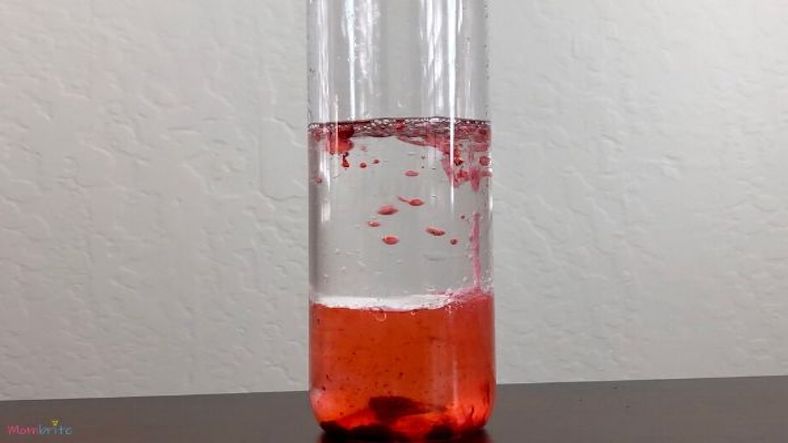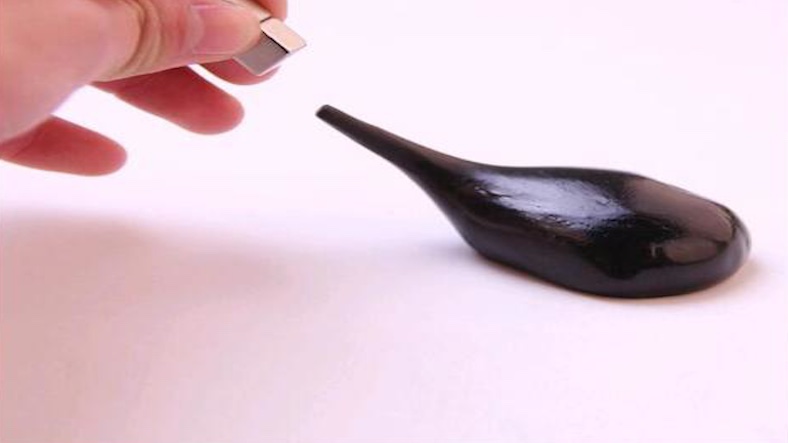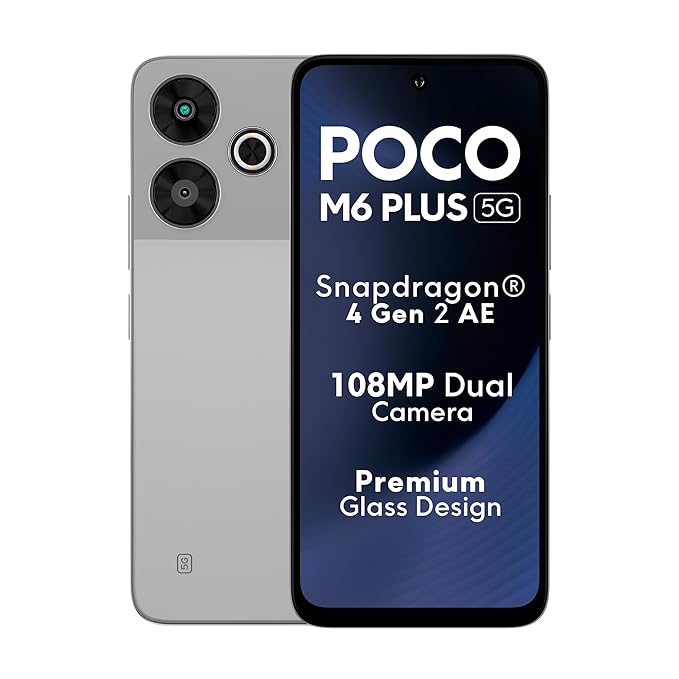Science experiments are one of the best ways to help children learn important concepts while having fun. A homemade lava lamp is a simple, colorful and exciting activity that teaches kids about density, immiscible liquids, and gas reactions using basic materials found at home.
This step-by-step guide explains how to make a lava lamp, the science behind it, safety tips and additional learning ideas. This experiment is perfect for school projects, home learning, science fairs or just a fun weekend activity.
What Is a Homemade Lava Lamp?
A homemade lava lamp is a simple science model that uses oil, water, and an effervescent tablet to create moving bubbles that look like real lava inside a lamp. Kids get to see how different liquids behave when mixed and how gas pushes water upward to create the bubbling effect.
This activity helps children understand:
- Density
- Immiscible liquids
- Gas production
- Observation and prediction
- Cause and effect
It is a fun and safe experiment that anyone can try.
Objective of the Experiment
The main goal of this lava lamp experiment is to help children explore:
- Why some liquids do not mix
- Why water sinks while oil floats
- How gas bubbles carry water upward
- How density affects movement
Kids will also learn how to conduct an experiment, make observations and understand basic chemistry concepts.
Materials Needed
To make your own homemade lava lamp, you only need a few items:
- Clear plastic bottle or glass jar
- Water
- Vegetable oil
- Food coloring (any color works)
- Alka-Seltzer tablet or any effervescent antacid tablet
- Flashlight or LED light (optional but makes it look amazing)
All the materials are safe, cheap, and easily available.
Step-by-Step Procedure: How to Make a Homemade Lava Lamp
Follow these simple steps to create your lava lamp:
1. Introduce the Science Concepts
Before starting, explain the two important ideas:
- Density – how heavy something is for its size
- Immiscible liquids – liquids that do not mix together, like oil and water
This helps children understand what they are about to observe.
2. Prepare the Bottle
Take your clear plastic bottle or glass jar.
Fill it three-fourths full with vegetable oil.
Let the oil settle for a few minutes until the surface becomes calm.
3. Mix Colored Water
In a separate cup:
- Add water
- Add a few drops of food coloring
This colored water will act as the “lava” in your lamp.
4. Pour the Water into the Oil
Slowly pour the colored water into the bottle.
Children will immediately notice:
- Water sinks to the bottom
- Oil stays on top
- They do not mix
This is the perfect time to talk about density differences.
5. Add Light (Optional)
Shine a flashlight or small LED light from below the bottle.
It makes the bubbles glow beautifully and gives a real lava-lamp appearance.
6. Start the Magic with the Tablet
Break an Alka-Seltzer tablet into smaller pieces.
Drop one piece into the bottle.
Now watch the magic:
- Bubbles start forming
- Colored water moves up and down
- The lamp looks alive with motion
This bubbling effect will last for a few minutes.
7. Continue the Experiment
When bubbles stop, just add another piece of the tablet.
Kids can repeat this many times and observe how the bubbles behave each time.
8. Final Discussion
After the activity, talk to children about:
- Why bubbles rise
- Why water falls back down
- Why oil and water stay separate
- How gas changes the movement inside the bottle
This helps them connect their observations to real science.
Google Ad 1
Scientific Explanation
The lava lamp works because of three main scientific principles:
1. Density
- Water is denser (heavier) than oil.
- So water stays at the bottom.
- Oil floats on top because it is lighter.
2. Immiscible Liquids
Oil and water do not mix because:
- Water is polar
- Oil is non-polar
They stay separate even if you shake the bottle.
3. Gas Production
When the Alka-Seltzer tablet touches water:
- A chemical reaction starts
- It produces carbon dioxide gas (CO₂)
- Gas bubbles rise to the top, carrying water with them
- When gas escapes at the top, the water falls back again
This creates the up-down movement just like a real lava lamp.
Learning Outcomes for Children
This simple activity teaches kids:
- Basic chemistry
- How gas is formed
- How density works
- Why some liquids never mix
- Observing, thinking, predicting
- Scientific curiosity and creativity
It is a great way to build early interest in science.
Safety Tips
- Always have adult supervision, especially when handling tablets.
- Make sure oil does not spill on the floor—it can make the surface slippery.
- Do not drink or taste any materials used.
- Do not close the bottle tightly when the reaction is active — pressure might build up.
The experiment is safe as long as basic precautions are followed.
How to Dispose of the Lava Lamp Mixture
After the experiment:
- Do not pour oil into the sink.
- Pour the mixture into a container and throw it in the trash.
- Wash the bottle with dish soap to remove oil.
This keeps your home plumbing safe.
Tips to Make the Experiment More Fun
- Try different colors of food dye
- Use glitter for sparkling bubbles
- Use a bigger bottle for stronger effect
- Use colored LED lights
- Try cold water vs warm water to compare results
- Experiment with different oils
Kids can also record observations in a notebook.
FAQs
1. Can I use any type of oil?
Yes, vegetable oil works best, but sunflower or canola oil is fine too.
2. Can I use baking soda and vinegar instead of a tablet?
It will create bubbles, but the lava effect will not be as smooth.
3. Is this experiment safe for young children?
Yes, as long as an adult supervises.
4. Why does the water fall back down after rising?
Because water is heavier than oil. Once gas escapes, it sinks again.
5. Can we close the bottle during the reaction?
No. Gas pressure may build up.
Conclusion
The homemade lava lamp experiment is a wonderful way to introduce children to science in a fun and interactive way. With simple materials and easy steps, kids can explore density, immiscible liquids and gas reactions while enjoying a colorful and exciting visual show.
This experiment builds curiosity, observation skills and a deeper understanding of basic chemistry. It is safe, engaging and perfect for home learning, school projects or weekend science fun.
If you enjoyed this activity, don’t forget to explore more Science & Technology articles on PeoplesBLOG. Subscribe to stay updated with more easy experiments and educational content!














